Introduction
 TTArtisan 75mm f/1.5 on a Nikon Zf
TTArtisan 75mm f/1.5 on a Nikon ZfTTArtisan has done it again. After previously remaking the legendary Meyer-Optik Görlitz Trioplan 100mm f/2.8—renowned for its distinctive soap bubble bokeh—they’ve now turned their attention to another iconic lens: the Big B, or more precisely, the Carl Zeiss Biotar 75mm f/1.5. This legendary lens, famous for its swirly bokeh, sharp centre, and 3D pop, has become something of a myth over time.
While TTArtisan has never claimed to have replicated the Biotar, the lens’s shape, mount choice, and, more importantly, its optical formula leave little to the imagination about what they have aimed to mimic.
The Biotar 75mm is often called the “Original King of Bokeh,” as the popular Soviet-era Helios 40 85mm f/1.5—known simply as the “King of Bokeh”—is rumored to be based on the Biotar’s design due to their similar optical formula.
Thanks to its unique optical characteristics, limited production, and beautiful bokeh, sharpness, and 3D pop, the Biotar 75mm f/1.5 became highly sought after, eventually turning into a collector’s item. Prices on the used market soared to between $1,500 and $4,500, depending on the version and condition. Now, let’s take a closer look at TTArtisan’s remake of this iconic lens!
![]() I tested this lens on a Nikon Zf.
I tested this lens on a Nikon Zf.
 You can see this review as a YouTube video here!
You can see this review as a YouTube video here!
Sample Images
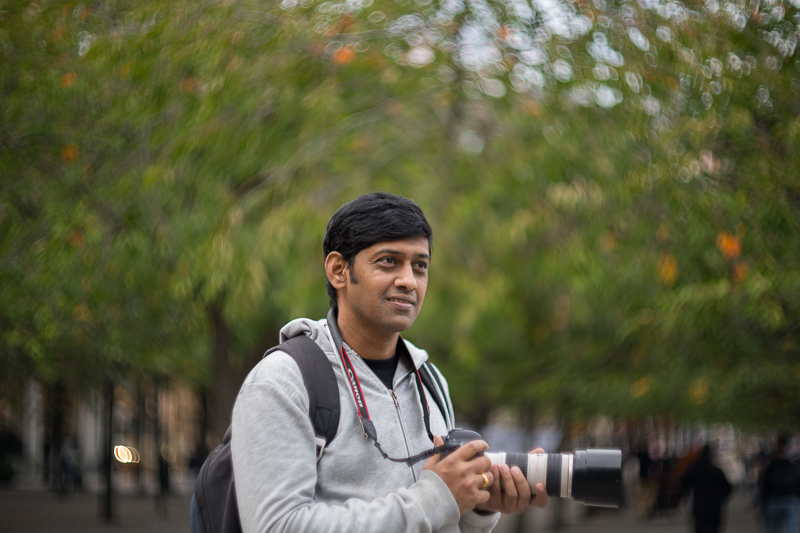 Nikon Zf | TTArtisan 75mm f/1.5 | f/1.5
Nikon Zf | TTArtisan 75mm f/1.5 | f/1.5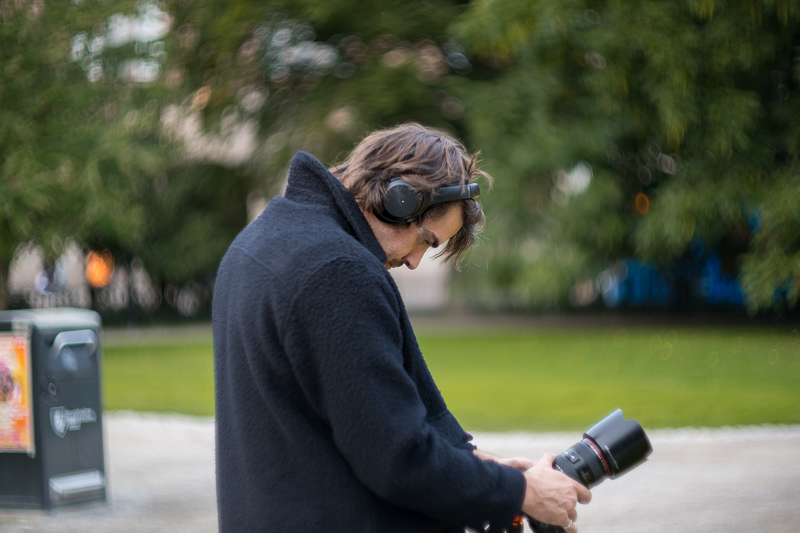 Nikon Zf | TTArtisan 75mm f/1.5 | f/1.5
Nikon Zf | TTArtisan 75mm f/1.5 | f/1.5 Nikon Zf | TTArtisan 75mm f/1.5 | f/1.5
Nikon Zf | TTArtisan 75mm f/1.5 | f/1.5 Nikon Zf | TTArtisan 75mm f/1.5 | f/8
Nikon Zf | TTArtisan 75mm f/1.5 | f/8 Nikon Zf | TTArtisan 75mm f/1.5 | f/1.5
Nikon Zf | TTArtisan 75mm f/1.5 | f/1.5 Nikon Zf | TTArtisan 75mm f/1.5 | f/1.5
Nikon Zf | TTArtisan 75mm f/1.5 | f/1.5 Nikon Zf | TTArtisan 75mm f/1.5 | f/1.5
Nikon Zf | TTArtisan 75mm f/1.5 | f/1.5 Nikon Zf | TTArtisan 75mm f/1.5 | f/1.5
Nikon Zf | TTArtisan 75mm f/1.5 | f/1.5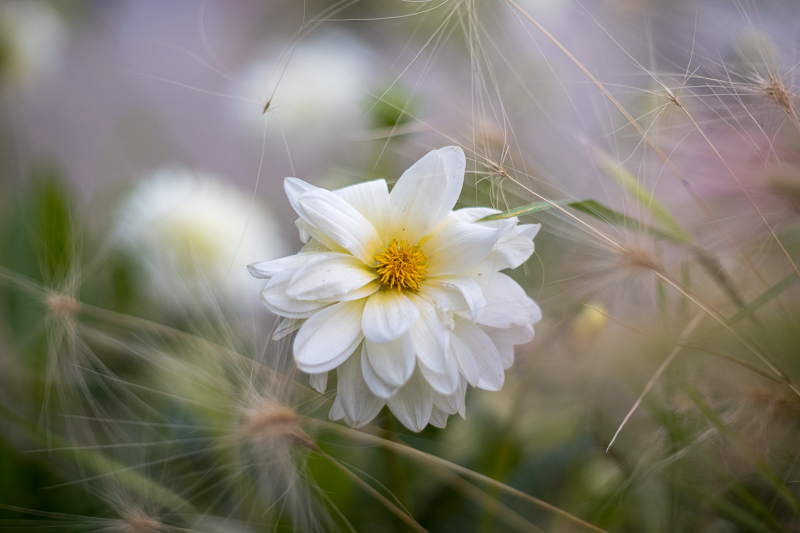 Nikon Zf | TTArtisan 75mm f/1.5 | f/1.5
Nikon Zf | TTArtisan 75mm f/1.5 | f/1.5 Nikon Zf | TTArtisan 75mm f/1.5 | f/1.5
Nikon Zf | TTArtisan 75mm f/1.5 | f/1.5 Nikon Zf | TTArtisan 75mm f/1.5 | f/1.5
Nikon Zf | TTArtisan 75mm f/1.5 | f/1.5 Nikon Zf | TTArtisan 75mm f/1.5 | f/1.5
Nikon Zf | TTArtisan 75mm f/1.5 | f/1.5Most of the sample images in this review and many more can be found in higher resolution here.
Specifications
| Focal Length | 75mm |
| Angle of View | 32° |
| # of Aperture Blades | 13 |
| Max Aperture | f/1.5 |
| Min Aperture | f/16 |
| Min Focus Distance | 0.75 m |
| Filter Size | 58 mm |
| Lens Mount | M42 |
| Weight | Around 562-669 g |
| Size (D x L) | ≈ 77 x 76mm (at ∞) (measured) |
| Elements/Group | 6 x 4 |
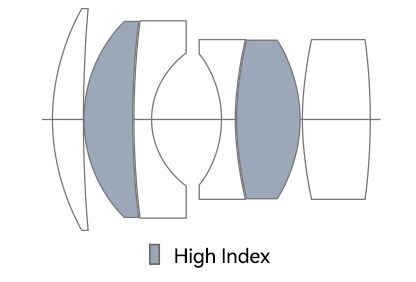 TTArtisan 75mm f/1.5 | Lens construction
TTArtisan 75mm f/1.5 | Lens construction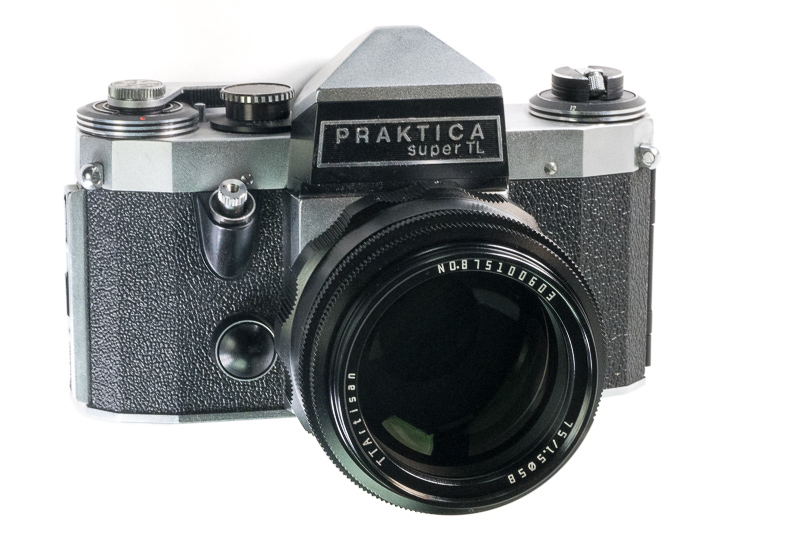 TTArtisan 75mm f/1.5 on a Praktica Super TL with M42 mount (without adapter)
TTArtisan 75mm f/1.5 on a Praktica Super TL with M42 mount (without adapter)Disclosure
TTArtisan kindly provided this lens for test and review purposes.
Variations & History
The Biotar lenses were first designed as cine lenses in 1927, then adapted for 35mm cameras as a 75mm lens in 1938, and marketed in early 1939. However, not many were sold due to the outbreak of WWII in September of that year, and it appears that none were exported from Germany.
After the war, in 1946, a new second variant was designed, and finally, a third version was produced from 1952 to 1968. By 1965, Zeiss had developed the Pancolar 75mm f/1.4, which was considered optically superior, leading to the discontinuation of the Biotar 75mm f/1.5. But that lens is even rarer than the Biotar.
 Carl-Zeiss-Jena-Biotar-75mm-F1.5-Biotar-75mm-Versions
Carl-Zeiss-Jena-Biotar-75mm-F1.5-Biotar-75mm-VersionsThe first pre-war version came in EXA mount, the first series lacked anti-reflection coating, but got that during the war time and those ones have a red T on it, this version’s smallest aperture is f/16. The second version (post-war) had an M42 mount but also got Leica L39 and Praktina mounts and got f/22 as its smallest aperture, all of them are marked with “T”, meaning they are coated. The third version (“Fat” Biotar) got a hill/valley focusing ring, smallest aperture back to f/16 and also got an aperture preset mechanism. It came in Exakta and M42 mounts. All three versions have exactly the same optical formula.
Originally designed and marketed as a fast lens for professionals shooting sports and low-light events, it quickly caught the attention of photography enthusiasts and became popular for portrait work.
 Biotar 75/1.5 price in 1955
Biotar 75/1.5 price in 1955In 1955, the “Fat Version” of the lens was priced at $216.50 in the U.S., which is equivalent to approximately $2,250 in 2024—Very expensive for the era.
Meyer-Optik Görlitz revived the Biotar 75mm 1.5 in 2023, naming it Biotar 75 f1.5 II. It has the same optical construction with 15 aperture blades.
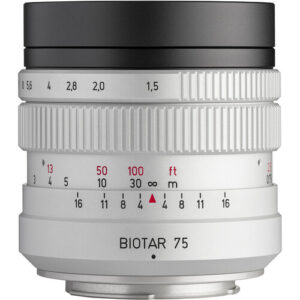 Meyer-Optik Görlitz Biotar 75/1.5 II
Meyer-Optik Görlitz Biotar 75/1.5 IIThere was another crowdfunding campaign for a revival of the lens by the newly formed German company Oprema Jena in 2017. Unfortunately, the founder was seriously injured in an accident, and it appears that no lenses were delivered despite the funds raised.
 Left: Original Carl Zeiss Biotar (fat version), Right: Oprema Jena Biotar 1.5/75
Left: Original Carl Zeiss Biotar (fat version), Right: Oprema Jena Biotar 1.5/75Now, let’s focus on the TTArtisan 75mm f/1.5 lens in hand.
Handling and Build Quality
The TTArtisan 75mm f/1.5 is a fully manual lens and is completely made of metal and glass. The lens seems to be very well-built and relatively heavy for its size at about 565 g. Note that since it only comes with an M42 mount, you will need an adapter, which will add to the weight about 100-250 g, depending on the adapter. On the other hand, the same lens can be used on several camera systems with the right adapter, including Nikon Z, Sony E, Leica M, Canon R, Fujifilm, and more.
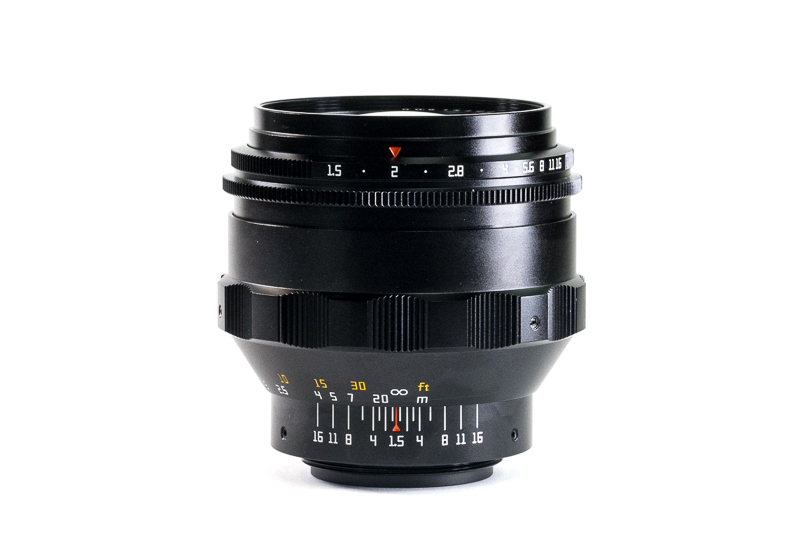 TTArtisan 75mm f/1.5
TTArtisan 75mm f/1.5The aperture ring is positioned at the front, featuring variable distance click stops, like it was on the Biotar v3. From f/1.5 to f/5.6, it stops at each half-stop, and from f/5.6 to f/16, only at full stops, again as it was on the Biotar v3. What is different here is that the largest aperture value (f/1.5) is on the far left and f/16 on the far right of the aperture ring, but on the original Biotar it is the opposite way. Another difference is that on the Biotar there is an aperture preset mechanism, while there is none here, which is very good as there is no reason to have it anymore. If you want to know about it see my review of Helios 40 here. The clicks on the aperture ring are very smooth. The generously sized focusing ring, with a hill-and-valley grip, is a pleasure to rotate—smooth and well-damped, turning a massive 240°. The lens comes with stylish metallic front and rear caps, both to be screwed onto the lens
 TTArtisan 75mm f/1.5 with front & rear caps
TTArtisan 75mm f/1.5 with front & rear capsAll markings—including aperture values, distance scale (in both feet and meters), depth-of-field markings, as well as the lens name and serial number at the front—are engraved and filled with paint. There is no image stabilisation or electronic contacts available on the lens.
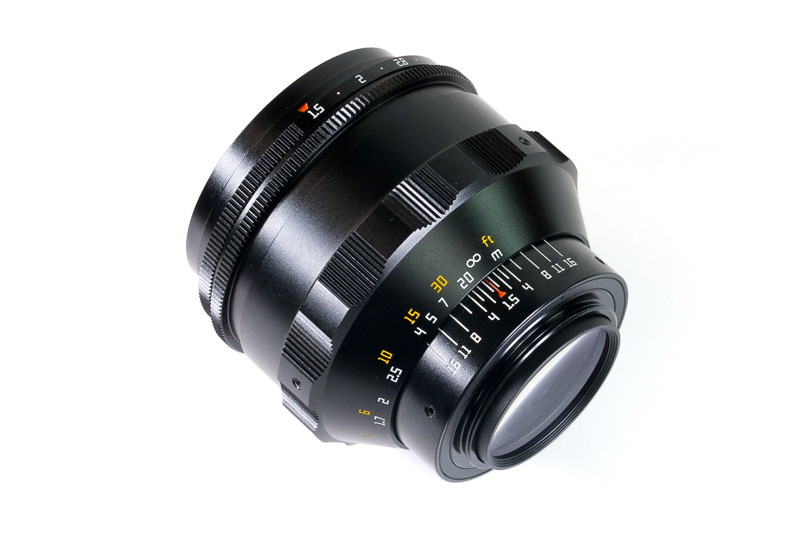 TTArtisan 75mm f/1.5
TTArtisan 75mm f/1.5Although there is no visible weather-sealing gasket, the lens appears to be tightly assembled. The 13 rounded aperture blades are mechanically controlled by the aperture ring.
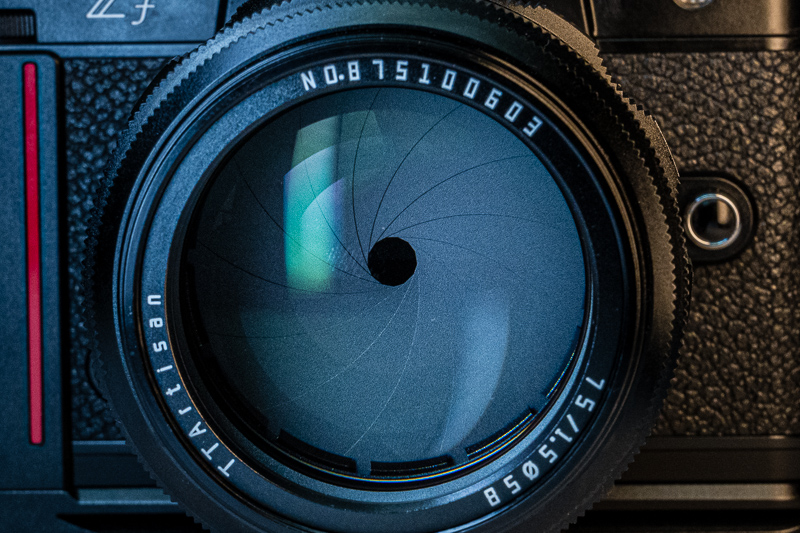 TTArtisan 75mm f/1.5 aperture blades
TTArtisan 75mm f/1.5 aperture bladesOptical Features
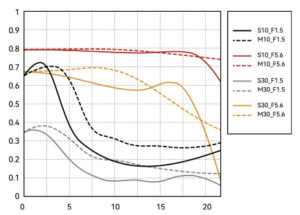 TTArtisan 75mm f/1.5 | MTF chart
TTArtisan 75mm f/1.5 | MTF chartThis lens has the same optical formula as the original Carl Zeiss Biotar 75/1.5 but TTArtisan has used two High-Index glass elements, which should give an edge to this lens ideally in sharpness, contrast, and vignetting. Let’s see!
Sharpness (Infinity)
For the infinity sharpness test, we look at three areas of the image, centre, mid-frame, and corner, see highlighted areas in the image below!
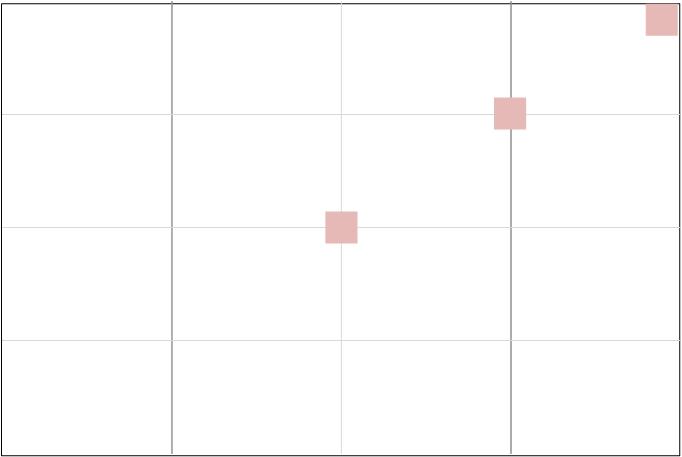 Infinily Sharpness Points of Inspection
Infinily Sharpness Points of Inspection Infinity sharpness chart | TTArtisan 75mm f/1.5 | Nikon Zf
Infinity sharpness chart | TTArtisan 75mm f/1.5 | Nikon ZfWide open at f/1.5, sharpness in the centre is very good indeed. It improves when stopping down and becomes excellent at f/2.8 and smaller apertures. A noticeable decrease in sharpness due to diffraction occurs only at f/16.
Midframe and corner sharpness tell a completely different story. Both are soft to very soft at wider apertures. The midframe sharpness becomes good at f/4 and very good at f/5.6, with its peak at f/8. For corners to achieve good sharpness, you need to stop down to f/11, athough they never quite catch up to the level of sharpness in the centre or even the midframe.
Sharpness (Portrait)
Let’s look at the points of interest for portraits at the portrait distance: the very centre, the centre’s inner periphery (1/3 rule intersection), and the centre’s outer periphery (1/4th intersection).
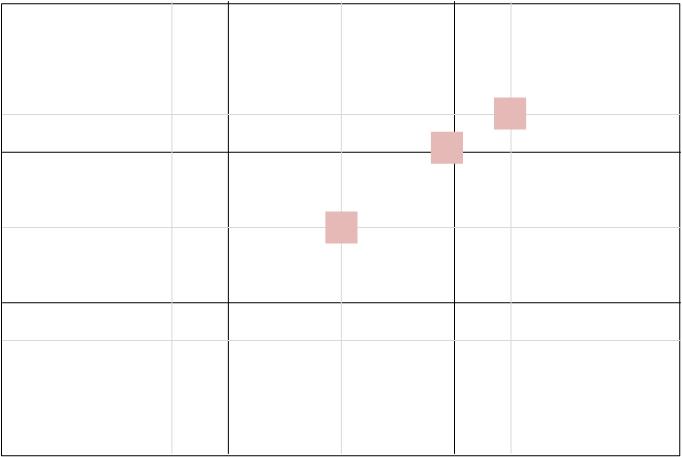 Portrait Sharpness Points of Interest
Portrait Sharpness Points of InterestWide open at f/1.5, at portrait distance, we can observe signs of spherical aberrations, a common issue in all lenses with large apertures like this one. The centre sharpness is good, the inner circle is OK/usable, and the outer sharpness is soft.
By stopping down just half a stop, a lot changes: spherical aberration is almost gone, centre sharpness becomes very good, inner circle sharpness improves to good, and the outer circle is better but still soft. Another half-stop to f/2 further improves sharpness across the frame. At f/2.8, we achieve excellent sharpness in both the centre and inner circle, while the outer circle reaches a level between good and very good.
Sharpness (Close-up)
At close up distance the spherical aberration shows itself at f/1.5, so the image seems to have a veil over it, at f/2 it is gone and we get very good sharpness. The sharpness becomes excellent at f/2.8, which becomes even better at f/4.
Lens Distortion
Very good performance here as there is almost no lens distortion visible.
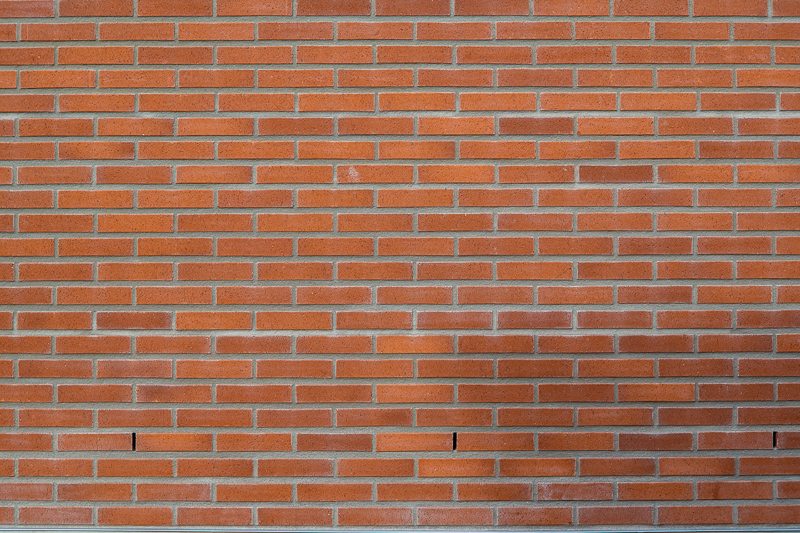 Lens distortion | | TTArtisan 75mm f/1.5
Lens distortion | | TTArtisan 75mm f/1.5Vignetting
The vignetting at wide open is moderate, which is better than I expected. It improves to a low level by f/2 and becomes negligible by f/2.8. This is a relatively good performance for a lens of this speed, likely aided by the use of high-index lens elements. For comparison, wide open, it even outperforms the Leica M Summilux 75mm f/1.4, Voigtländer 75mm f/1.5 Nokton, and Voigtländer 75mm f/1.9 Ultron.
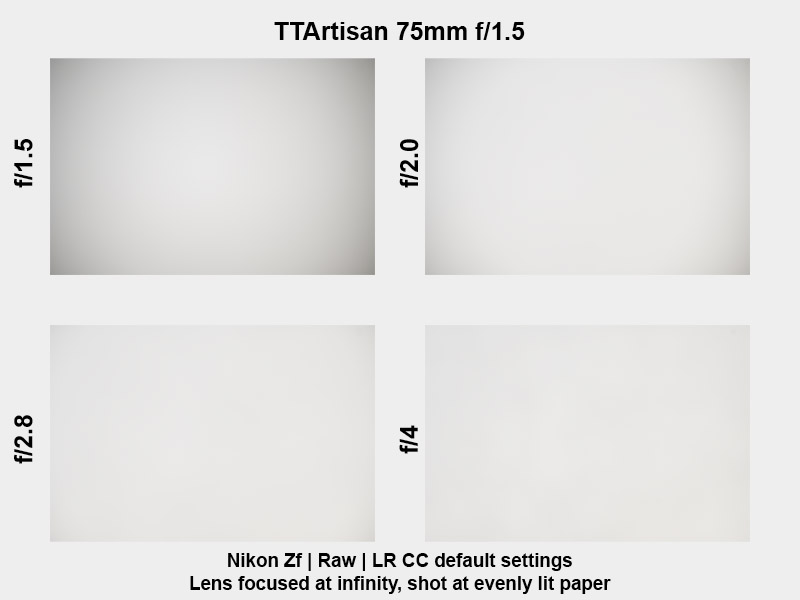 Vignetting chart| TTArtisan 75mm f/1.5 | Nikon Zf
Vignetting chart| TTArtisan 75mm f/1.5 | Nikon Zf- F/1.8: 1.7 EV
- F/2.8: 1.1 EV
- F/4.0: 0.7 EV
- F/5.6: 0.3 EV
Focus Shift & Aberrations
In the following image set we can clearly see that there are both longitudinal chromatic aberration (LoCA) and focus shift, the latter due to the spherical aberrations mentioned earlier. The LoCA gets very low at f/4 and goes away at f/5.6.
There is also some lateral chromatic aberration, though it’s not a major issue in most situations. When it is, you can easily fix it in post.
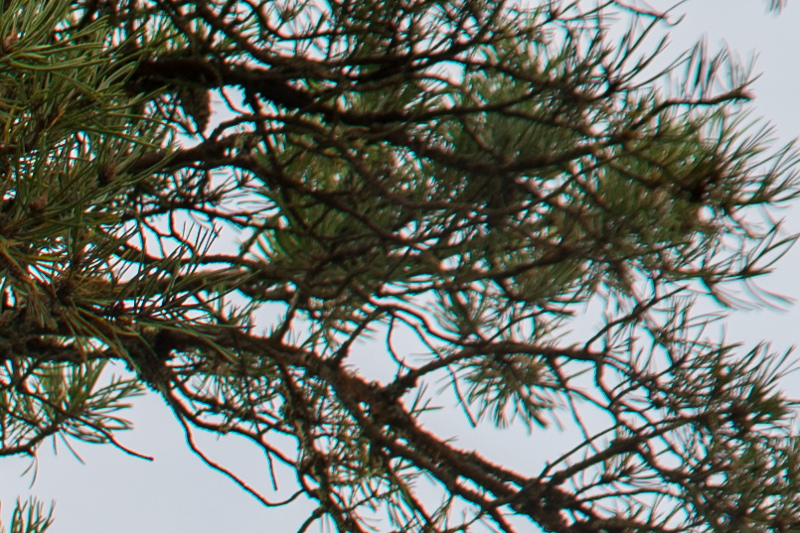

Flare Resistance
This TTArtisan’s flare resistance is not the best I have seen, but I must say that for being a remade of a very old lens I am surprised how well it handles the flare. While you can get both veiling flare and ghosting, they are far from the worst I have seen. In the following series you can see the worst cases I could produce in stress testing situations.
Coma
This TTArtisan suffers slightly from coma, which improves by stopping down, to get rid of it completely you need to stop down to at least f/4.5.
 Coma | TTArtisan 75mm f/1.5
Coma | TTArtisan 75mm f/1.5Sunstars
This TTArtisan can produce sunstars despite 13 rounded aperture blades. Although, only from f/8 they become somewhat distinct and even then they are not among the most attractive sunstars I have seen, but that is a subjective matter. Have a look and see how you like them.
Focus Breathing
Unfortunately, the TTArtisan lens has noticeable focus breathing, which is a drawback for videographers. While its rendering is popular among videographers, this issue can be frustrating for those seeking consistent framing.
 Focus Breathing Nikon Z fc | TTArtisan 75mm f/1.5
Focus Breathing Nikon Z fc | TTArtisan 75mm f/1.5Bokeh
The most important and intriguing aspect of this lens—and likely the reason most readers are here—is its unique bokeh. First, it’s important to recognize that the beauty of bokeh is highly subjective and truly in the eye of the beholder. This is especially true for the bokeh produced by this lens. While some may dislike its distinct style, many have fallen in love with it, often paying a premium to own a lens with such a characteristic. I believe this is the main reason why there have been numerous attempts to recreate this lens, leading to its cult-like following—and why TTArtisan has made their version (in my opinion). For this reason, I’ve included more images than usual in this section so you can better see the bokeh rendering of this lens.
Let’s have a look at the bokeh itself.
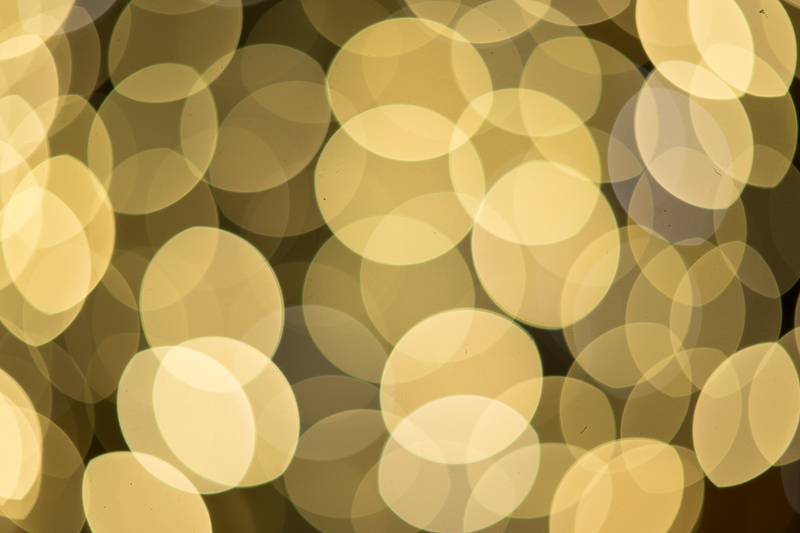
The bokeh balls are evenly lit, without any patterns inside and the transitions are soft, but you can see some color fringing at the edges, due to the chromatic aberrations. It is near MFD, but you can clearly see cats eye shapes near the edges and corners and some of the swirl. Normally, in real life you don’t get much swirl at this distance. Let’s back off a little.
Here, you can more clearly see the swirl effect at f/1.5. The 13 rounded aperture blades keep the bokeh balls round and nice when you stop down the lens, that is great. Although, the swirl disapears from f/2.
Let’s look at the background blur and bokeh in real life situations!
Near Minimum Focusing Distance
If you are close enough, near the minimum focusing distance, the background is rendered into a creamy, super-soft blur, beyond any recognition.
 Nikon Zf | TTArtisan 75mm f/1.5 | f/1.5
Nikon Zf | TTArtisan 75mm f/1.5 | f/1.5 Nikon Zf | TTArtisan 75mm f/1.5 | f/1.5
Nikon Zf | TTArtisan 75mm f/1.5 | f/1.5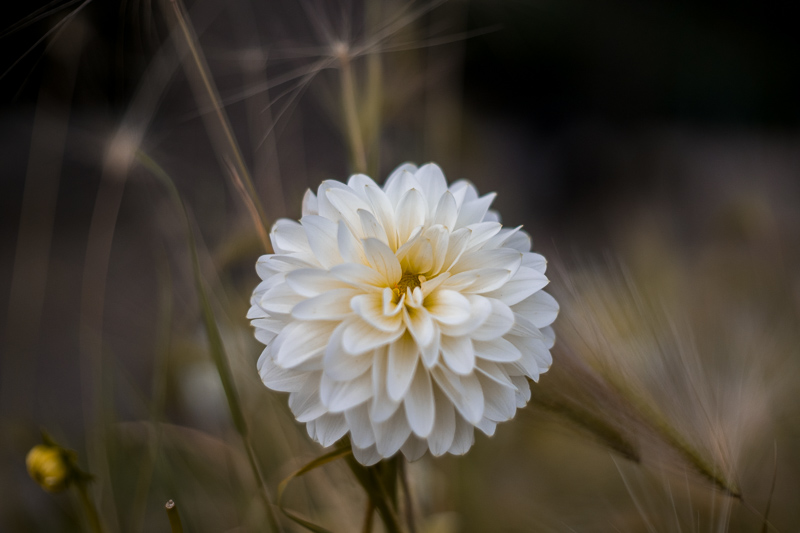 Nikon Zf | TTArtisan 75mm f/1.5 | f/1.5
Nikon Zf | TTArtisan 75mm f/1.5 | f/1.5 Nikon Zf | TTArtisan 75mm f/1.5 | f/1.5
Nikon Zf | TTArtisan 75mm f/1.5 | f/1.5Close Distance
Here is where the magic begins. Here not everything is just soft beyond recognition, but not far from either. At the same time you’ll get the 3D pop that this lens also is known for.
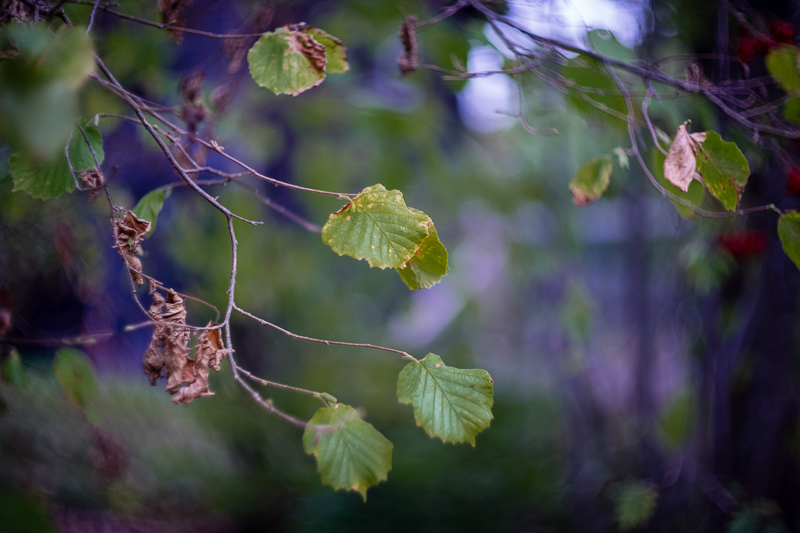 Nikon Zf | TTArtisan 75mm f/1.5 | f/1.5
Nikon Zf | TTArtisan 75mm f/1.5 | f/1.5 Nikon Zf | TTArtisan 75mm f/1.5 | f/1.5
Nikon Zf | TTArtisan 75mm f/1.5 | f/1.5 Nikon Zf | TTArtisan 75mm f/1.5 | f/1.5
Nikon Zf | TTArtisan 75mm f/1.5 | f/1.5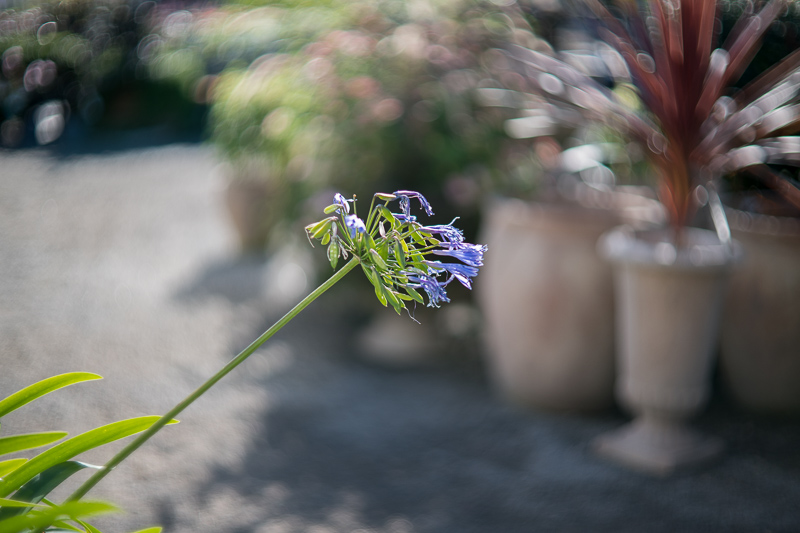 Nikon Zf | TTArtisan 75mm f/1.5 | f/1.5
Nikon Zf | TTArtisan 75mm f/1.5 | f/1.5 Nikon Zf | TTArtisan 75mm f/1.5 | f/1.5
Nikon Zf | TTArtisan 75mm f/1.5 | f/1.5Medium Distance
At medium distances, the lens delivers an even more intense boost of what you could get at close distances—almost like it’s on steroids. Its signature 3D pop really shines, and if the conditions are right, you’ll also achieve the famous swirly bokeh. The 3D effect here differs from other fast lenses that rely solely on shallow depth of field for background separation. It’s not just the shallow depth of field, strong background blur or the swirl that creates this effect; rather, it’s the combination of these factors—sharpness concentrated in the center, a touch of spherical aberration, and subtle background elements—that produces the overall impact.
 Nikon Zf | TTArtisan 75mm f/1.5 | f/1.5
Nikon Zf | TTArtisan 75mm f/1.5 | f/1.5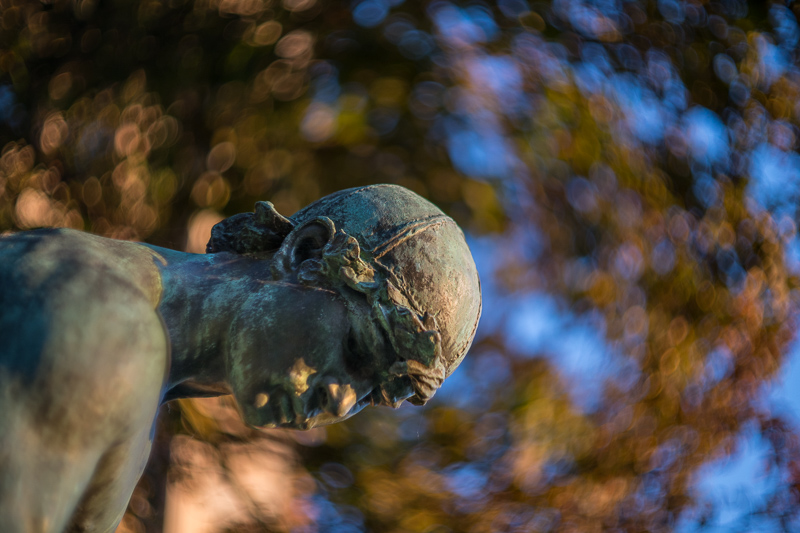 Nikon Zf | TTArtisan 75mm f/1.5 | f/1.5
Nikon Zf | TTArtisan 75mm f/1.5 | f/1.5 Nikon Zf | TTArtisan 75mm f/1.5 | f/1.5
Nikon Zf | TTArtisan 75mm f/1.5 | f/1.5 Nikon Zf | TTArtisan 75mm f/1.5 | f/1.5
Nikon Zf | TTArtisan 75mm f/1.5 | f/1.5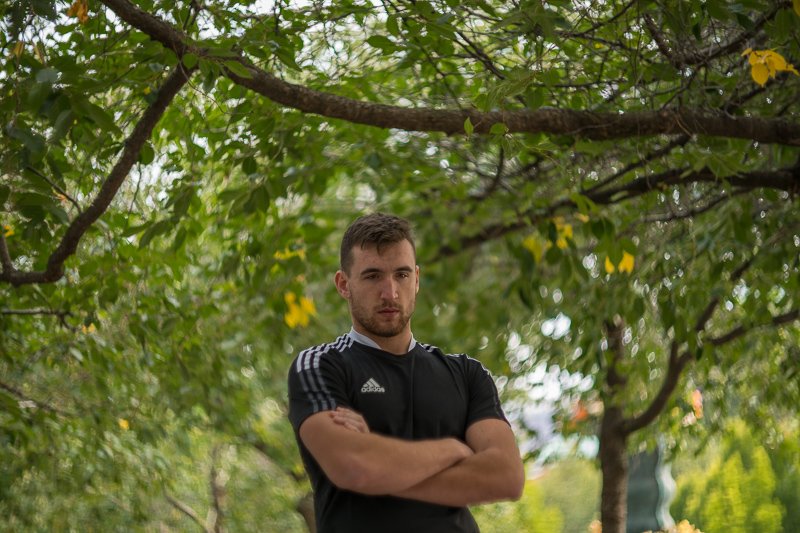 Nikon Zf | TTArtisan 75mm f/1.5 | f/1.5
Nikon Zf | TTArtisan 75mm f/1.5 | f/1.5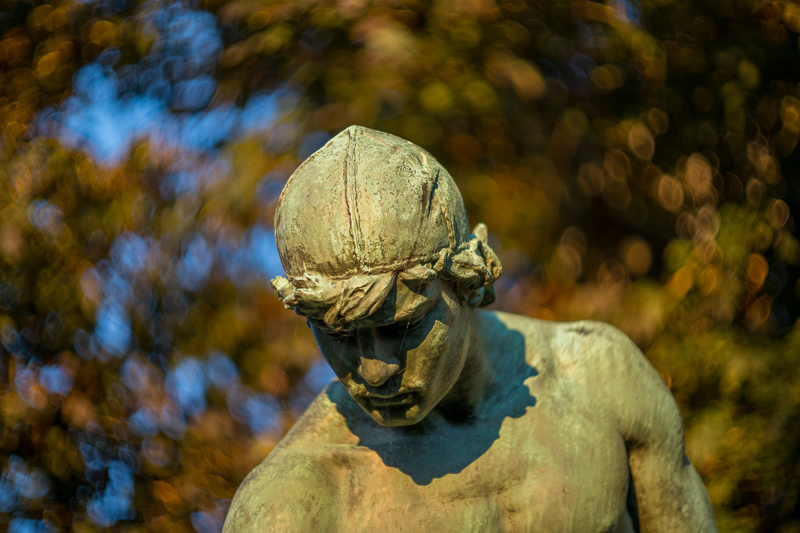 Nikon Zf | TTArtisan 75mm f/1.5 | f/1.5
Nikon Zf | TTArtisan 75mm f/1.5 | f/1.5Long Distance
Here you will get some vintage lens background blur, but not too disturbing, although, with some character.
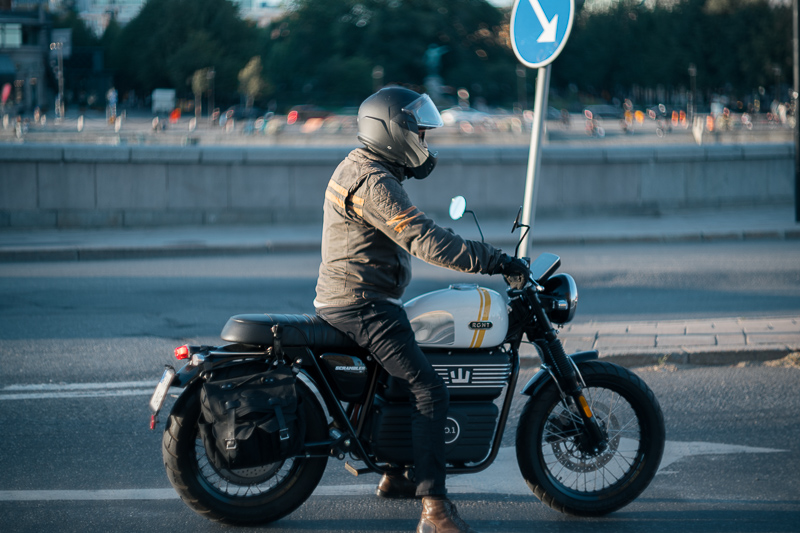 Nikon Zf | TTArtisan 75mm f/1.5 | f/1.5
Nikon Zf | TTArtisan 75mm f/1.5 | f/1.5 Nikon Zf | TTArtisan 75mm f/1.5 | f/1.5
Nikon Zf | TTArtisan 75mm f/1.5 | f/1.5 Nikon Zf | TTArtisan 75mm f/1.5 | f/1.5
Nikon Zf | TTArtisan 75mm f/1.5 | f/1.5Conclusion
| I LIKE | AVERAGE | I DON’T LIKE |
| Bokeh Background separation Centre sharpness Overal sharpness stopped down Price Handling & build quality Distortion correction Vignetting control |
Aberrations Coma correction Flare resistance |
Focus breathing Lack of electronic contacts |
This is a character lens, appreciated for what it is—one with unique and specific characteristics based on an old design from photography’s romantic eras. If it aligns with your taste, you’ll love it. If not, you’ll likely find it unappealing. There’s little room for middle ground or lukewarm feelings with a lens like this.
It’s important to note, as attractive rendering as it has, this is not an everyday lens or a substitute for your professional wedding or portrait lens, though it can be a delightful addition to a portrait or wedding portfolio. Additionally, it shouldn’t be overlooked for other genres; when stopped down, it can produce stunning images in travel or landscape photography, each with its own unique character, as demonstrated in the sample photos here.
If you appreciate this kind of image rendering and/or have always had your eye on the big B but hesitated due to its steep price—or considered the Helios 40 but were uncertain about finding a good copy—this is definitely a lens you should consider. You’ll get a brand new lens, with a warranty, better in some aspects, and at a much lower price than either of the options mentioned.
Writing articles like this one is both time-consuming and costs us a lot of money. If you found this article helpful and decided to buy one of these lenses, please consider using one of the affiliate links.
If you are not interested in buying any of the lenses, but you still found this article useful, interesting, or it saved you a lot of money, treat us to a coffee (donate)!
Alternatives
Zeiss Biotar 75mm 1.5
The most obvious alternative is the original Biotar. The lens that has been the model for the design the reviewed lens. See description in History section of this review.
Buy used: ebay.com, ebay.de, ebay.co.uk, ebay.fr, ebay.com.au from $1500-$5500 depending on version and condition (Affiliate links)
Helios 40
Soviet built lens with a focal length of 85mm, f/1.5 as its largest aperture, and 10 straight aperture blades. Optical formula is very similar to, if not exactly as, the Biotar, with M39 mount. It has a fixed screw socket, a coating that gives greenish/yellowish cast. It is larger and at about 1 kg much heavier, and more expensive than the reviewed lens.
Buy used: ebay.com, ebay.de, ebay.co.uk, ebay.fr, ebay.com.au about $350-$500 (Affiliate links)
Helios 40-2
The most obvious alternative to the original Helios 40. Same optics and characteristics, made in the same factory as the Helios 40, but about 100 g lighter, with M42 mount, tripod clamp instead of fixed screw socket, a more neutral coating, and not as old as Helios 40. This is a better choice than original Helios 40, but is a little more expensive. Also, if it was not for the Ukraine war you could buy this lens new as Zenit makes this lens even today. It is available (in Russia) with M42, Nikon F, and Canon EF mounts for €290, but on eBay the price for a used one is north of €420.
Buy used: ebay.com, ebay.de, ebay.co.uk, ebay.fr, ebay.com.au about $420-$750 (Affiliate links)
MOG Biotar 75 f1.5 II
A revival of the original Biotar 75/1.5 by Meyer Optik Görltz in 2023. So, it is built with modern technology and of modern produced materials (Like the reviewed lens). This, according to the manufacturer, has improved sharpness and contrast with the same original imaging characteristics, being the high image sharpness in the centre, coupled with a strong swirly bokeh.
Buy used: ebay.com, ebay.de, ebay.co.uk, ebay.fr, ebay.com.au about $ (Affiliate links)
Buy new: Meyer Optik Görlitz €1400
New Petzval Art Lens 85mm f/2.2
A85mm f/2.2 lens based on the original Petzval lens (originally 160mm) designed by Joseph Petzval in 1840 as the very first portrait lens for 35mm cameras. The New Petzval was a revival by Lomography in 2013. It has one of the most swirly bokeh effects, for which the lens was famous and therefore, before the term swirly effect was invented, it was known as the Petzval effect. It is available in Canon EF mounts for €650
New Petzval Art Lens 80.5mm f/1.9
As the previous lens but in 80.5mm focal length and available with both Canon EF and Nikon F mounts. Price from €494
More Sample Images
 Nikon Zf | TTArtisan 75mm f/1.5 | f/1.5
Nikon Zf | TTArtisan 75mm f/1.5 | f/1.5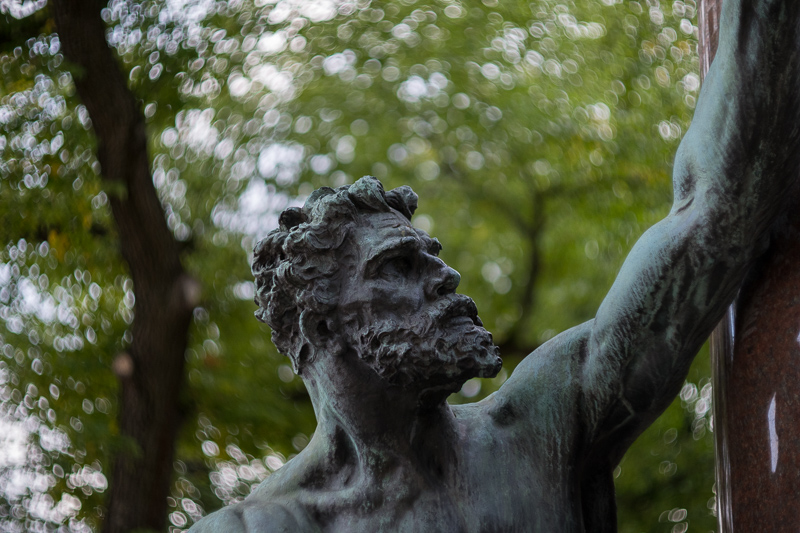 Nikon Zf | TTArtisan 75mm f/1.5 | f/1.5
Nikon Zf | TTArtisan 75mm f/1.5 | f/1.5 Nikon Zf | TTArtisan 75mm f/1.5 | f/1.5
Nikon Zf | TTArtisan 75mm f/1.5 | f/1.5 Nikon Zf | TTArtisan 75mm f/1.5 | f/1.5
Nikon Zf | TTArtisan 75mm f/1.5 | f/1.5 Nikon Zf | TTArtisan 75mm f/1.5 | f/1.5
Nikon Zf | TTArtisan 75mm f/1.5 | f/1.5 Nikon Zf | TTArtisan 75mm f/1.5 | f/1.5
Nikon Zf | TTArtisan 75mm f/1.5 | f/1.5 Nikon Zf | TTArtisan 75mm f/1.5 | f/1.5
Nikon Zf | TTArtisan 75mm f/1.5 | f/1.5 Nikon Zf | TTArtisan 75mm f/1.5 | f/1.5
Nikon Zf | TTArtisan 75mm f/1.5 | f/1.5 Nikon Zf | TTArtisan 75mm f/1.5 | f/1.5
Nikon Zf | TTArtisan 75mm f/1.5 | f/1.5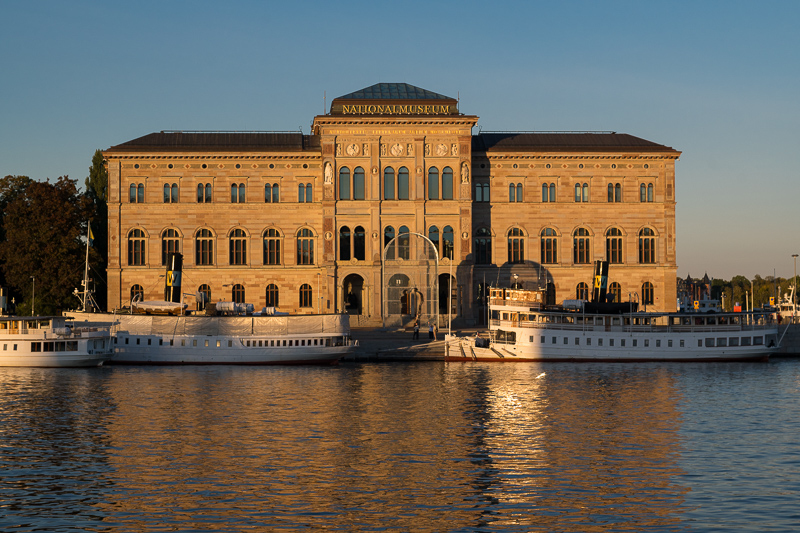 Nikon Zf | TTArtisan 75mm f/1.5 | f/5.6
Nikon Zf | TTArtisan 75mm f/1.5 | f/5.6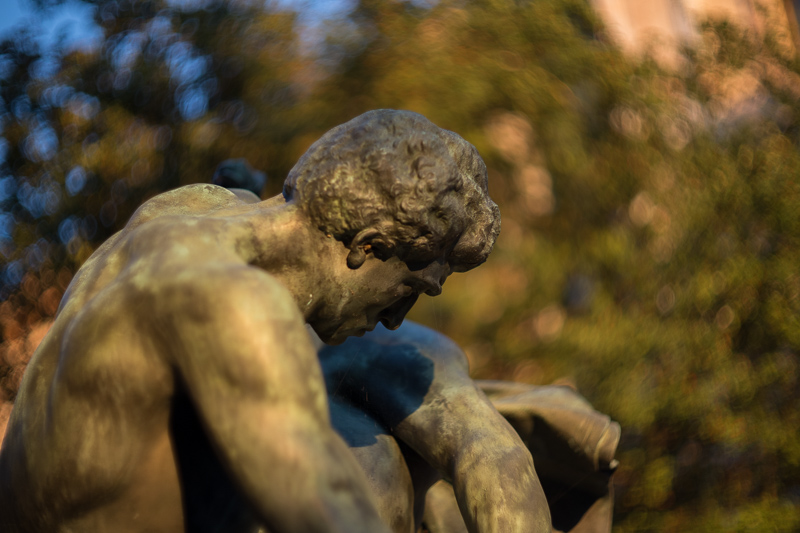 Nikon Zf | TTArtisan 75mm f/1.5 | f/1.5
Nikon Zf | TTArtisan 75mm f/1.5 | f/1.5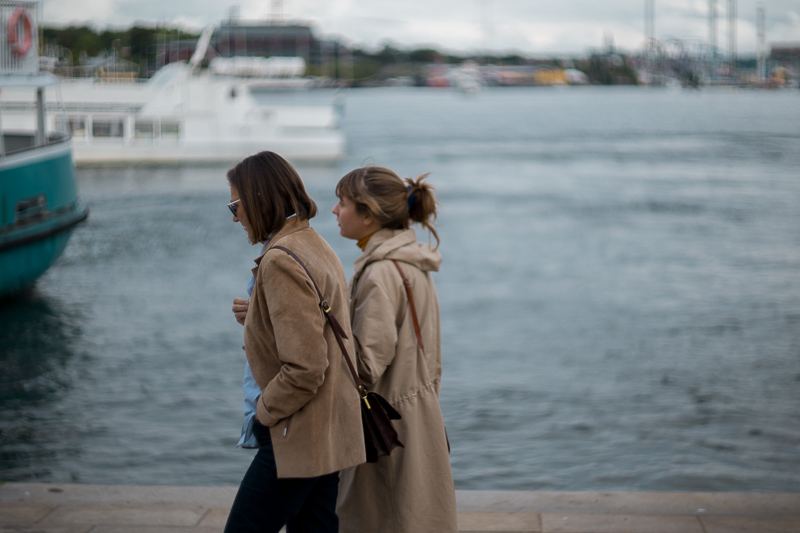 Nikon Zf | TTArtisan 75mm f/1.5 | f/1.5
Nikon Zf | TTArtisan 75mm f/1.5 | f/1.5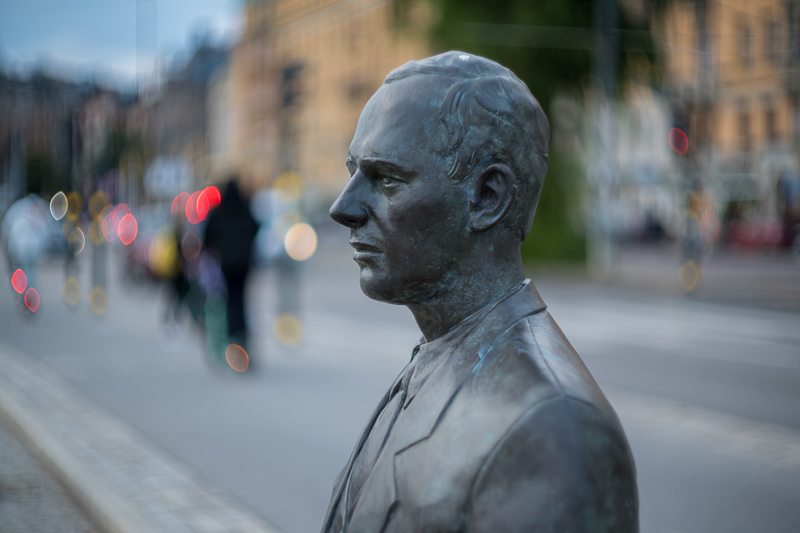 Nikon Zf | TTArtisan 75mm f/1.5 | f/1.5
Nikon Zf | TTArtisan 75mm f/1.5 | f/1.5 Nikon Zf | TTArtisan 75mm f/1.5 | f/1.5
Nikon Zf | TTArtisan 75mm f/1.5 | f/1.5 Nikon Zf | TTArtisan 75mm f/1.5 | f/1.5
Nikon Zf | TTArtisan 75mm f/1.5 | f/1.5Most of the sample images in this review and many more can be found in higher resolution here.
Further Reading
- What camera gear and accessories do I use most frequently?
- KMZ Helios 40, 85mm f/1.5 – Can the Legend Live up to Its Reputation?
- Review: TTArtisan 100mm f/2.8 – A modern and affordable Trioplan?
- REVIEW: CANON FD 85MM 1:1.2 S.S.C. ASPHERICAL
- REVIEW: NIKON NIKKOR-P 85MM 2.0 RF
Support Us
Did you find this article useful or did you just like reading it? It took us a lot of time and money to prepare it for you. Use the Donate button to show your appreciation!
![]()

(Donations via Paypal or bank card)
This site contains affiliate links, for which I may receive a small commission if you purchase via the links at no additional cost to you. This helps support the creation of future content.
What’s in my camera bag? MY 2024 KIT!!
- Main camera : https://amzn.to/3TsGtKg
- Camera grip : https://amzn.to/4e0G3CR
- Memory Card 1: https://amzn.to/47pA20i
- Memory Card 2 : https://amzn.to/3XHYxlZ
- Camera 2 : https://amzn.to/3Xifou8
- Camera grip: https://amzn.to/4dYYpV9
- Memory card 1: https://amzn.to/4e5h2H0
- Memory card 2: https://amzn.to/3zu7W7n
- Small travel tripod: https://amzn.to/4goIX68
- Mini tripod: https://amzn.to/4e09XXX
- Small shoulder bag: https://amzn.to/47tPMiY
- Medium shoulder bag: https://amzn.to/4ej4bjY
The following two tabs change content below.
Martin M.H. lives outside Stockholm, Sweden. He is a M.Sc. in Computer Technology but he has been a passionate photographer for over 45 years. He started his photographic adventures when he was thirteen with an Agfamatic pocket camera, which he soon replaced with a Canon rangefinder camera that his mom gave him in his teenages. After that he has been using Canon SLR, Nikon SLR manual focus and Autofocus, Sony mirrorless crop sensor, Nikon DSLR and Nikon Mirrorless. He has photographed any genre he could throughout the years and you can see all kind of images in his portfolio. During the later years though it has been mostly landscape, nature, travel and some street/documentary photography.


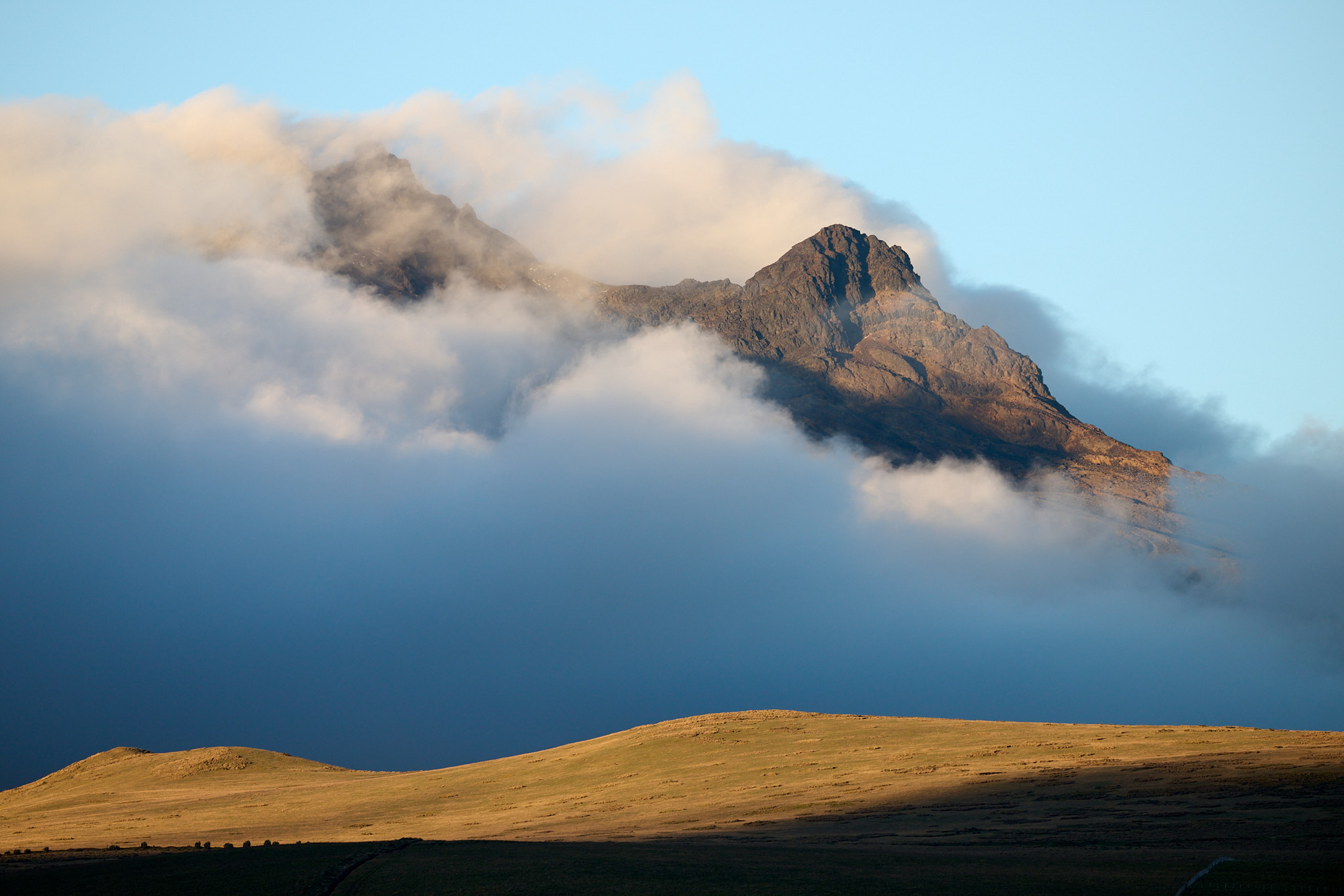


 English (US) ·
English (US) ·